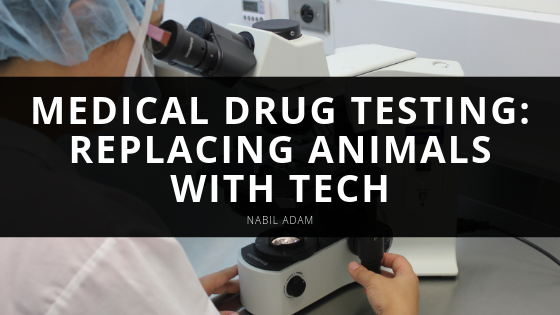Using animals for medical testing has been happening since ancient Greece. Well known scholars such as Aristotle or Galen were known to conduct experiments on living animals, such as goats or pigs. A lot of wonderful medical innovation has taken place due to animal testing, but regardless of this, there has always been staunch opposition to the practice. Is the pain we inflict on these animals worth the outcome? Isn’t there any other we can test the medical drugs we produce? Luckily, one viable option is replacing animals with technology. Here are a few different ways that tech is helping eradicate animal testing.
Tissue Bioprinting
Though it may be at an early stage, tissue bioprinting is one way we can work towards eliminating animal testing. Tissue bioprinting uses bio-inks to replicate the 3D structure of human tissue. This can be beneficial because we can get a better look at a drug’s effects than we could by using cell culture. This can be beneficial for testing things such as cosmetics, which is what L’Oreal has been doing with bioprinted human skin. Tissue bioprinting can also help with more personalized medication, such as printing a 3D model of a patient’s tumor to allow testing of different medicine to see what would work best for the patient.
Organoids
What if you could grow your own miniature organ? Well, scientists can, and it’s another great way to eliminate animal testing. They’re called organoids, and they use 3D clumps of stem cells as well as a selection of nutrients and treatments to become a little organ of your choosing. A great example of this is Sun Bioscience in Switzerland, who is modeling the intestine in the disease cystic fibrosis. Organoids are unfortunately also in the early stages, and there’s a long way to go, but they have a lot of potential and are already reducing animal experiments.
Organ-on-a-chip
What might be one of the biggest pushes in eliminating animal testing, organ-on-a-chip tech is all about growing cells inside of little chips which emulate the structure and behavior of organs and their systems. Since the chips are so small, they enable researchers to test drugs faster and cheaper than they would with an animal. They’re also great because you can use a human-derived tissue, which helps with a closer model to the real thing. Theoretically, there’s also no limit on how many organs you can mix on a chip, which could be important for studying a drug’s effect on how organs interact.
While all of these are great pushes in replacing animal testing with technology, they’re all in their early stages and will likely not replace animal testing anytime soon. Regardless, they should still decrease as time passes and new technology arises, and that’s what’s important.

